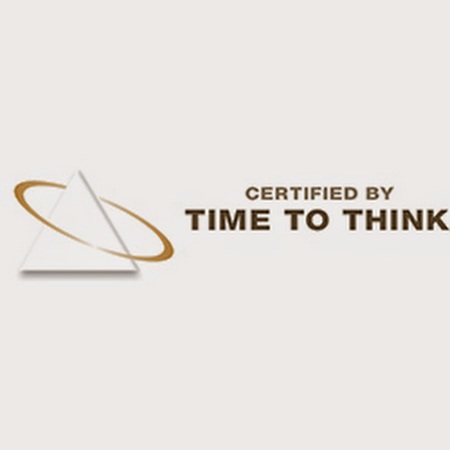
Thinking Environment
In a Thinking Environment, we apply ten behaviours that generate the finest independent thinking. In the presence of these ten components people think for themselves with rigour, imagination, courage and grace. The most important assumption is that the quality of our thinking depends on the way we treat each other while we are thinking.
The ten behaviours that generate the finest thinking, and have become known as The Ten Components of a Thinking Environment, are: Attention, Equality, Ease, Appreciation, Encouragement, Feelings, Information, Diversity, Incisive Questions, Place.
Each Component is powerful individually, but the presence of all ten working together gives this process its transformative impact.
- Attention: when someone is thinking around us, much of the quality of what we are hearing is our effect on them. In fact, the quality of our attention determines the quality of other people’s thinking. Attention, driven by deep respect and genuine interest, and without interruption, is the key to a Thinking Environment.
- Equality: in a Thinking Environment everyone is valued equally as a thinker. Everyone gets a turn to think out loud and a turn to give attention.
- Ease: an internal state free from rush or urgency, creates the best conditions for thinking.
- Appreciation: Thinking Environment expertise generates a balanced ratio of appreciation to challenge so that individuals and groups can think at their best.
- Encouragement: a Thinking Environment prevents internal competition among colleagues, replacing it with a wholehearted, unthreatened search for good ideas.
- Feelings: if we express feelings just enough, thinking re-starts. When people show signs of feelings, we relax and welcome them, good thinking will resume.
- Information: withholding or denying information results in intellectual vandalism, facing what you have been denying leads to better thinking
- Diversity: the greater the diversity of the group, and the greater the welcoming of diverse points of view, the greater the chance of accurate, cutting-edge thinking
- Incisive questions: everything human beings do is driven by assumptions. We need to become aware of them, and by asking Incisive Questions, replace the untrue limiting ones with true, liberating ones.
- Place: people think better when they can arrive and notice that the place reflects their value - to the people there and to the event. Place is a silent form of appreciation.





